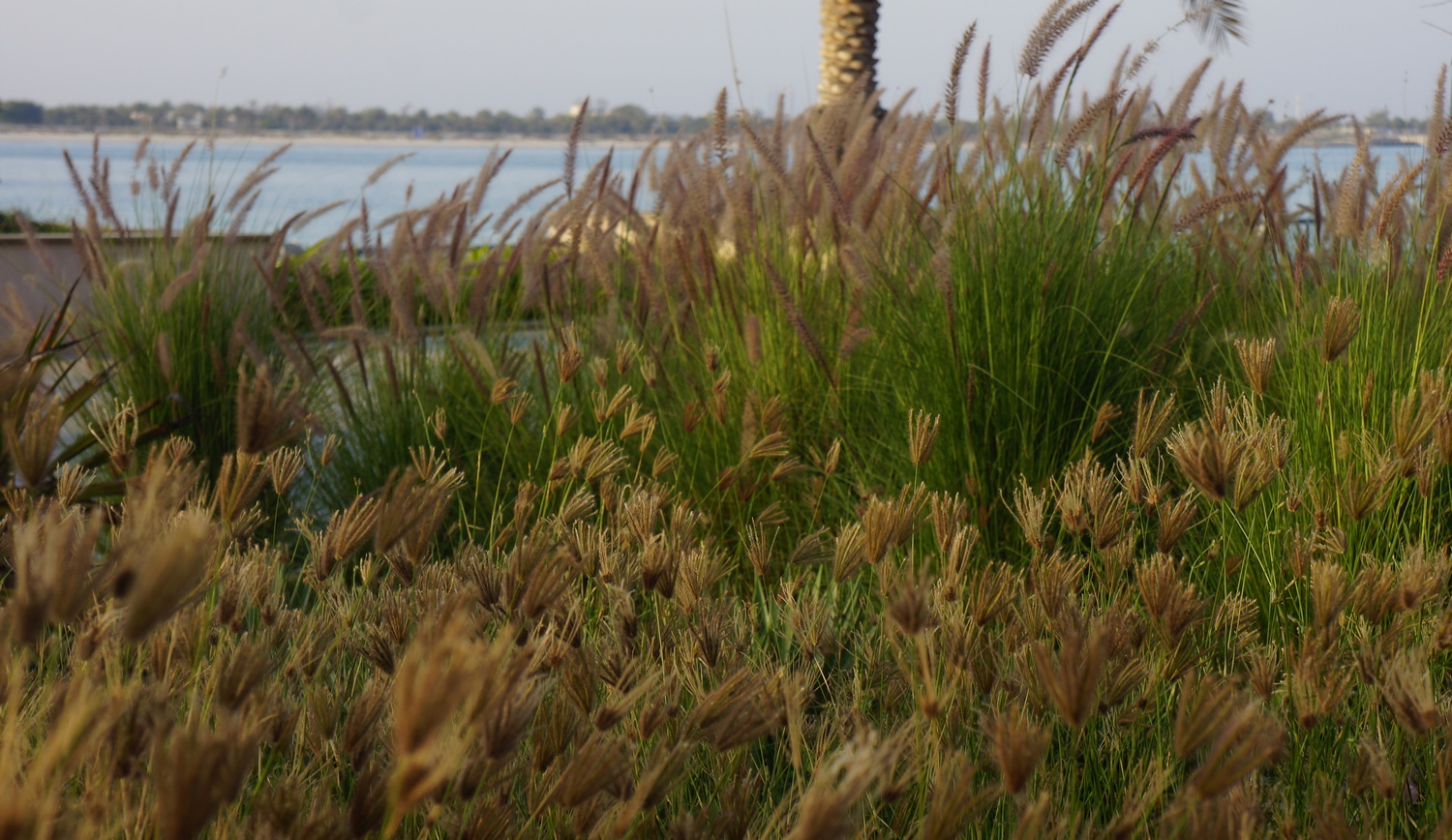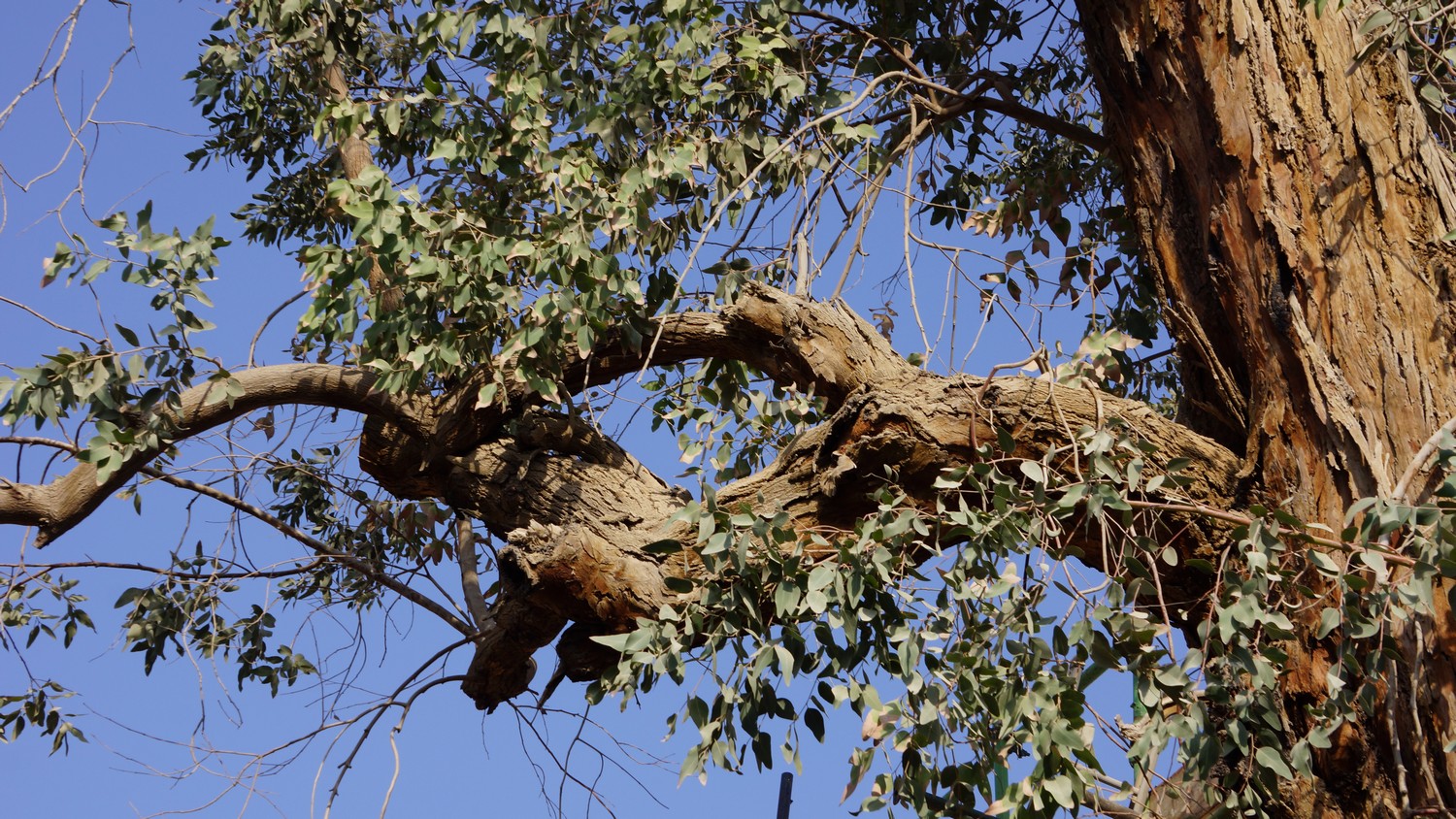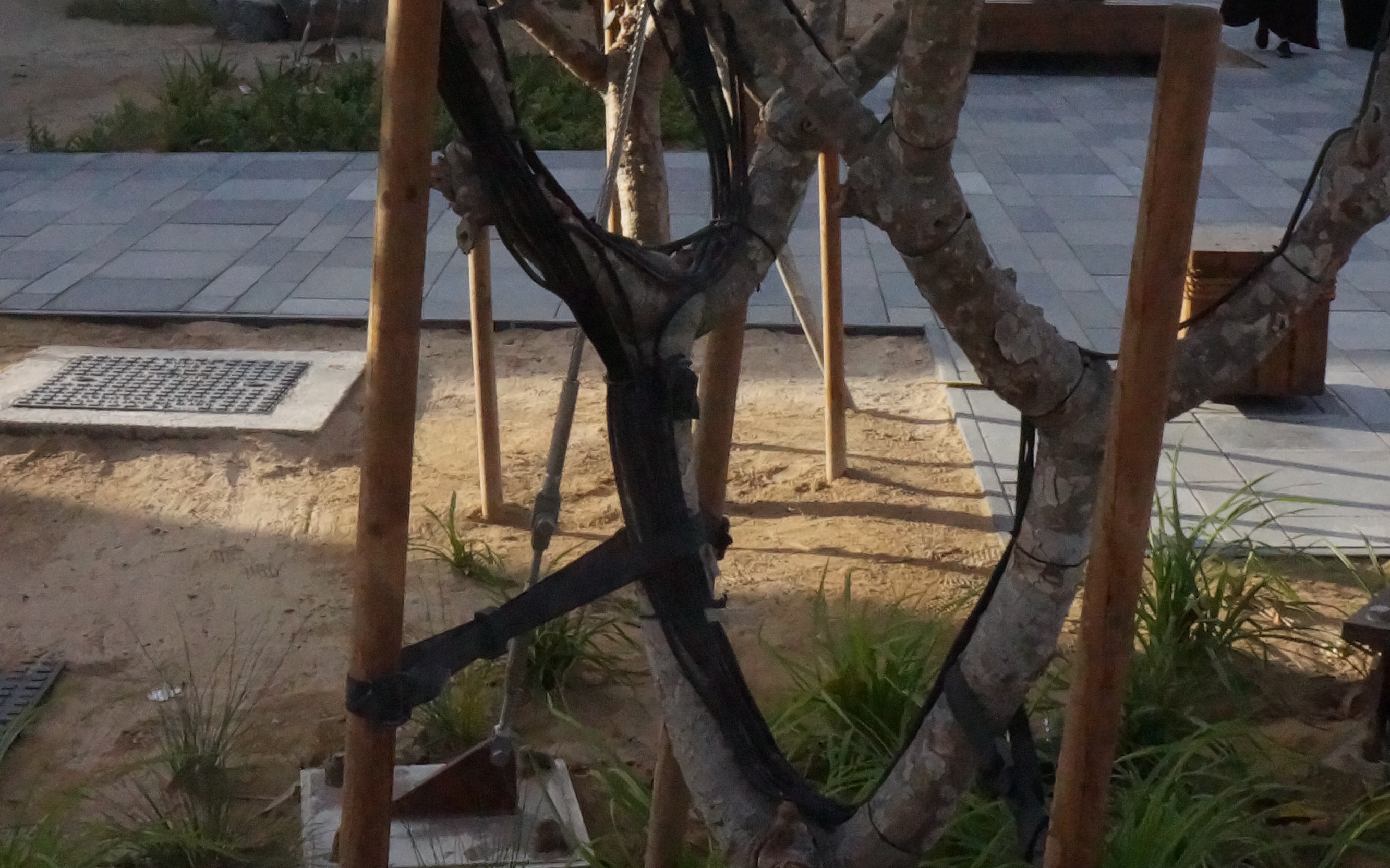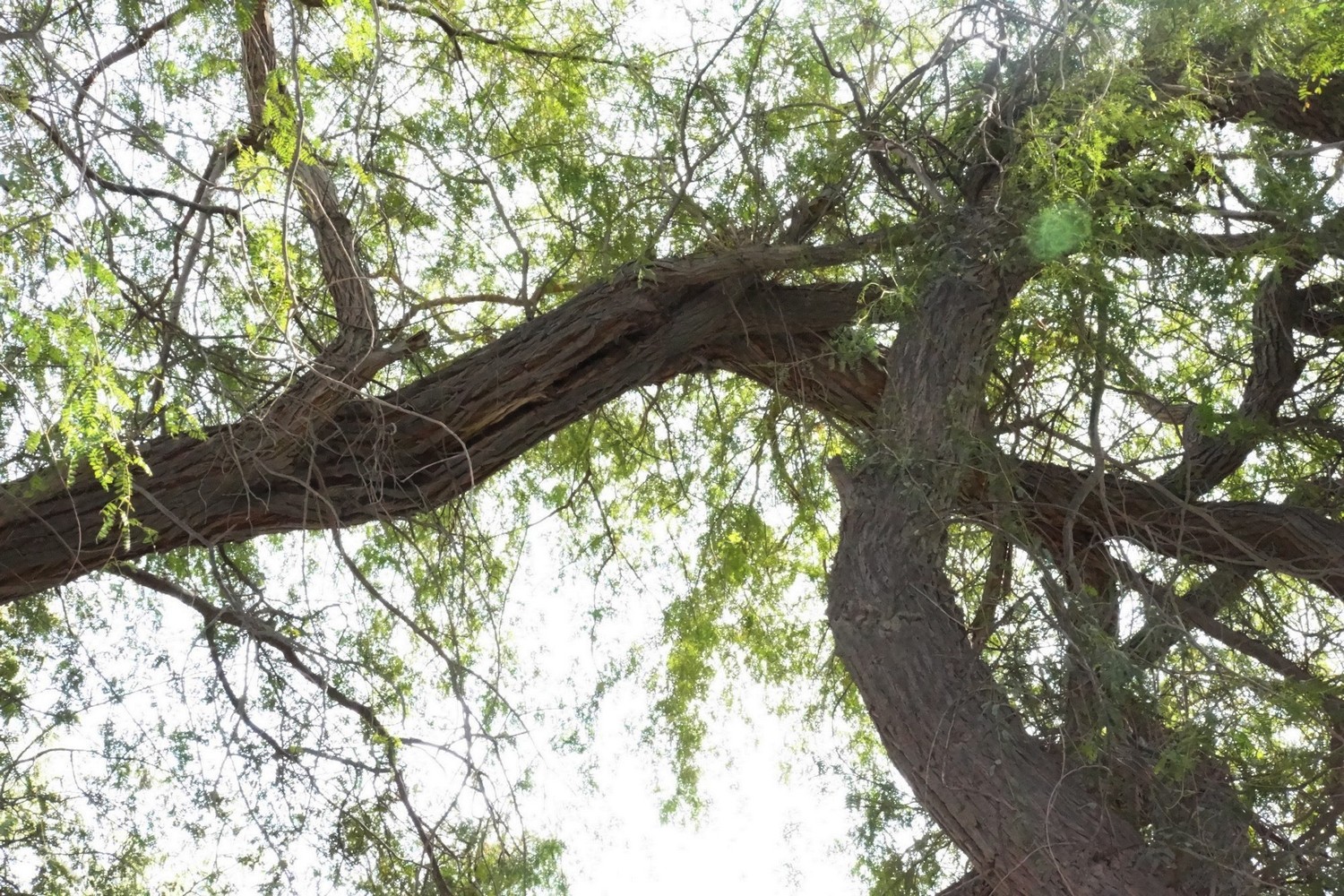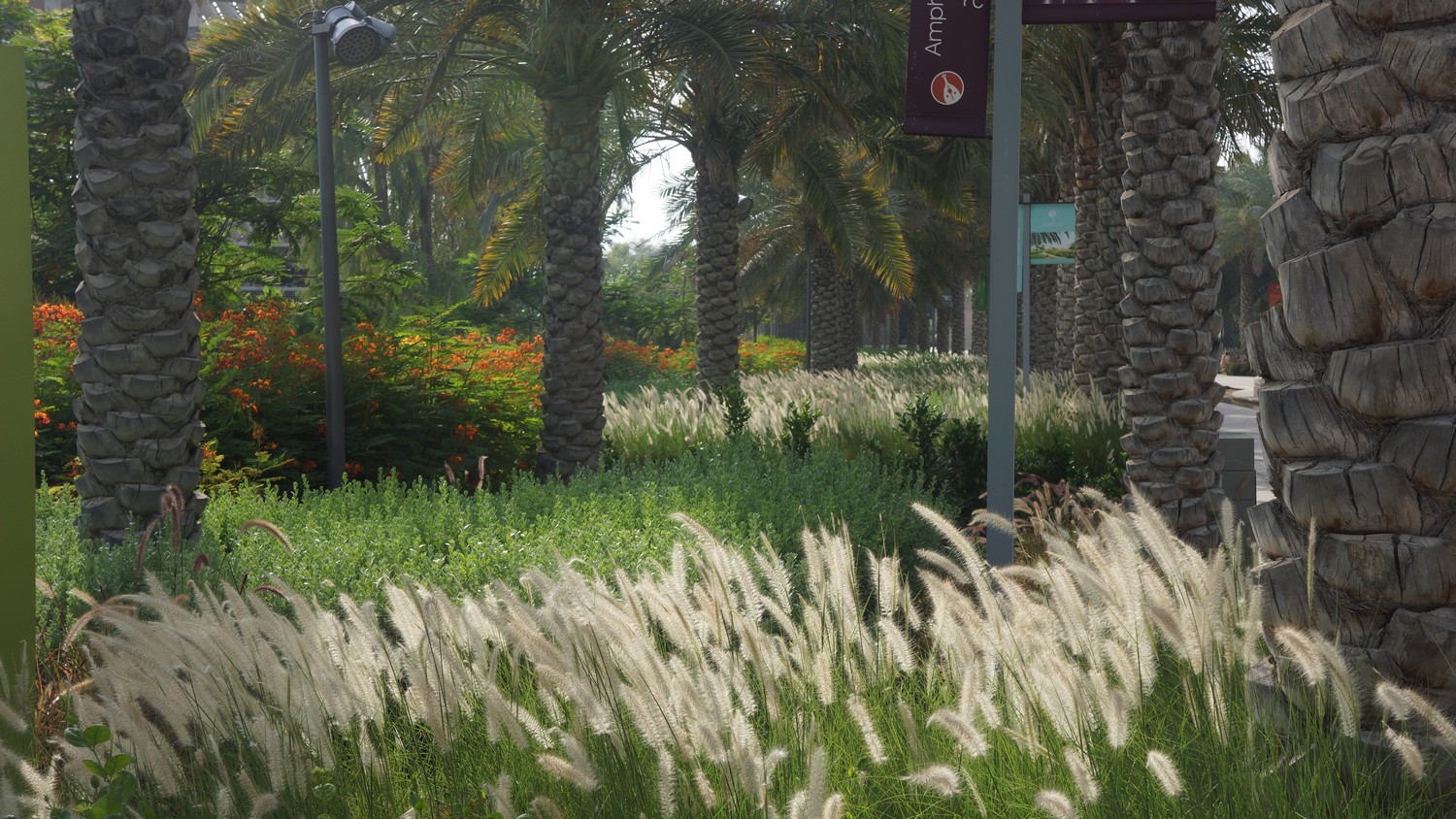The other side of work I undertake in the Middle-East region is planting design, for creating […]
I recently supervised a major crown reduction on an over-mature Eucalyptus on an historic site in […]
On my last few trips to Dubai, I have been noticing a lot of trees with […]
I have said elsewhere that the landscapes of Dubai and Abu Dhabi are growing (no pun […]
On my latest visit to the UAE I had a number of tree-related experiences. In Dubai, […]
On my most recent trip to Dubai, I enjoyed walking through some of the new landscapes that […]
This article first appeared in Pro Landscaper Gulf. It is based on tree consultancy work […]
